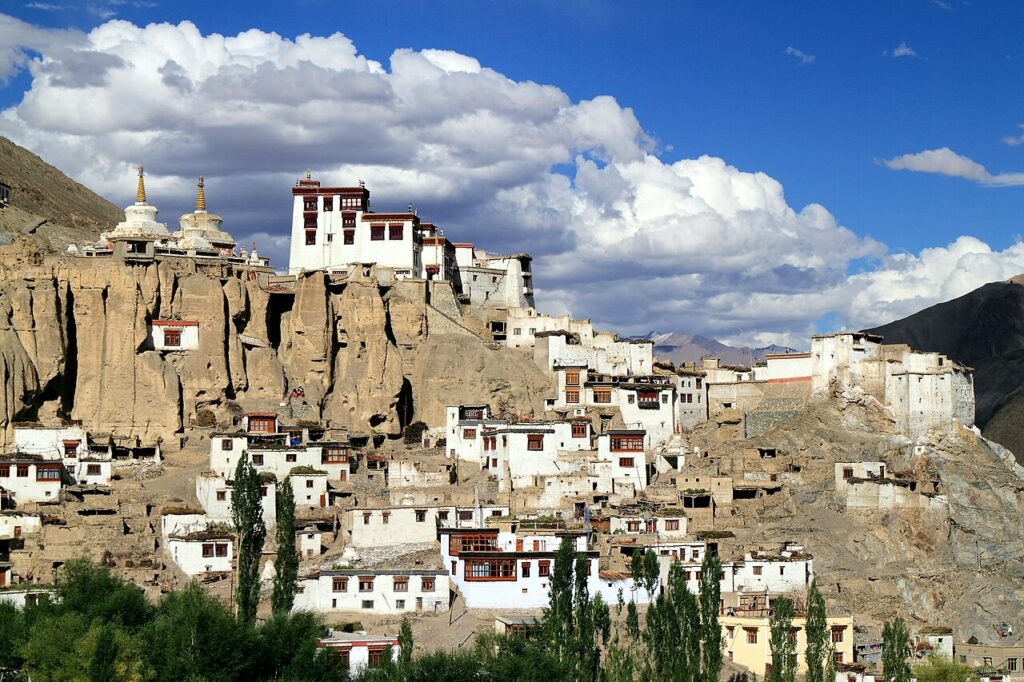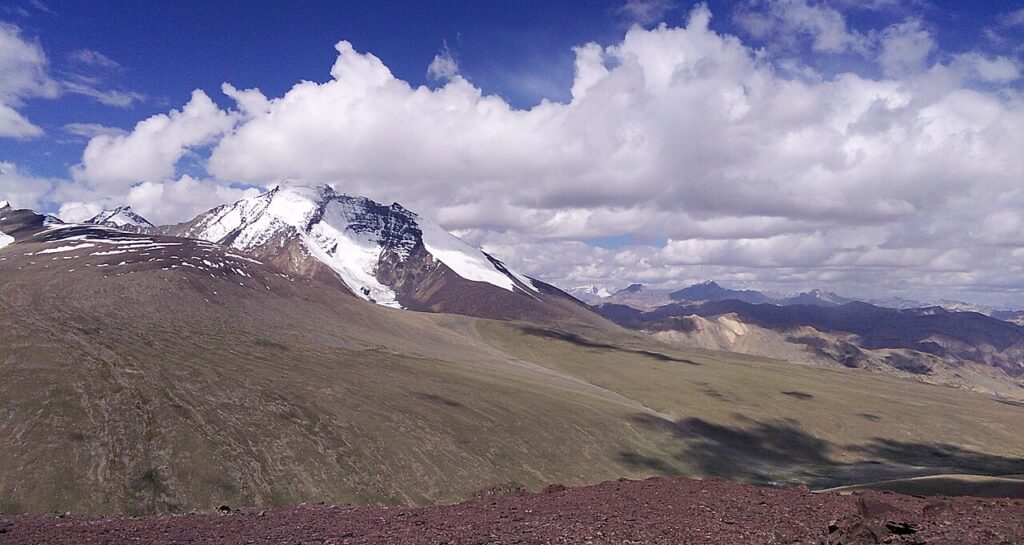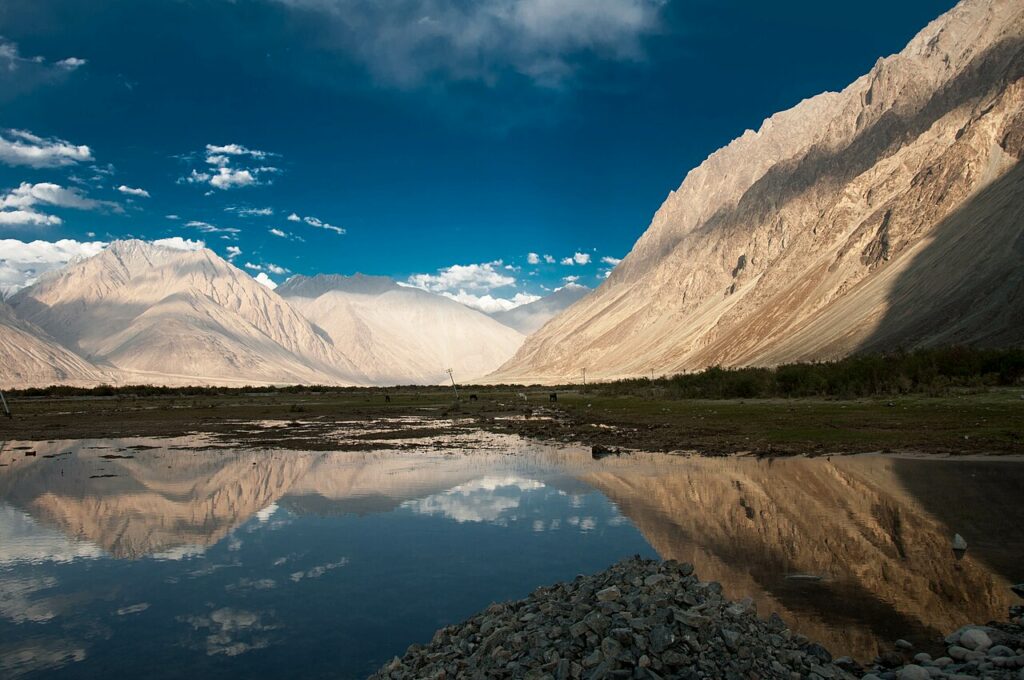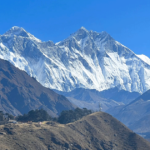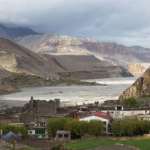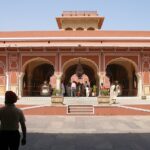After an unforgettable week exploring the vibrant colors and majestic forts of Rajasthan, I set my sights on the very north of India, where the towering peaks of the Himalayas awaited. My next destination: Ladakh, a remote and breathtaking region that promised adventure, tranquility, and a completely different side of India.
Day 1: Arriving in Leh
Stepping off the plane in Leh, the capital of Ladakh, was like arriving in another world. The crisp, thin air at 3,500 meters above sea level made my heart race—not just from the excitement, but also the altitude! I spent my first day taking it slow, allowing my body to acclimatize.
Leh is a charming town with a unique blend of ancient Tibetan culture and a laid-back, traveler-friendly vibe. I wandered through its narrow streets, exploring the colorful markets filled with prayer flags, woolen shawls, and traditional jewelry. The town is crowned by the Leh Palace, a nine-story structure that offers a panoramic view of the city and the surrounding snow-capped mountains. Despite the altitude-induced fatigue, I could not resist climbing up to the palace—it was worth every breathless step for the stunning views.
I also visited the Shanti Stupa, a beautiful white-domed Buddhist monument. As I watched the sun set behind the mountains, casting a golden glow over Leh, I felt a deep sense of peace. The evening was spent sipping butter tea at a cozy café, chatting with fellow travelers about the adventures that lay ahead.
Days 2-3: Exploring the Monasteries of the Indus Valley
The next morning, I met my driver and guide for the next two days, a cheerful local who seemed to know every twist and turn of the rugged roads. We set off along the Indus Valley, with its emerald green river snaking through the arid landscape. Our first stop was the Alchi Monastery, one of the oldest monasteries in Ladakh, known for its ancient murals and unique Kashmiri-influenced architecture.
We continued to Likir Monastery, home to a massive golden statue of Maitreya Buddha that towers over the complex. It was a peaceful spot, perfect for taking a quiet moment of reflection. As we drove further, we passed Basgo, where I marveled at the ruins of the Basgo Fort perched dramatically on a hilltop. The drive itself was an experience, with dramatic cliffs, winding roads, and the ever-present backdrop of the towering Himalayas.
By late afternoon, we reached Lamayuru, often referred to as the “Moonland” of Ladakh due to its unique, lunar-like landscape. The Lamayuru Monastery, one of the largest and oldest in the region, was bathed in the golden light of the setting sun, creating an almost mystical atmosphere. I spent the night in a small guesthouse in Lamayuru village, where I enjoyed a simple but hearty meal of momos and thukpa. The stars seemed closer and brighter than ever, twinkling against the inky black sky—a sight I will never forget.
Days 4-8: Trekking the Markha Valley
The real adventure began the next day with the start of the Markha Valley trek. I was joined by Stanzin, my guide—a local with an infectious smile and an encyclopedic knowledge of the region’s history and wildlife. The trek took us through picturesque villages, over high mountain passes, and along gushing rivers. Each day brought new challenges, from crossing icy streams to climbing steep, rocky paths, but the incredible scenery made every step worth it.
We stayed in homestays along the way, where I experienced the incredible hospitality of the Ladakhi people. One evening, I was invited to help make traditional butter tea, a salty brew that’s surprisingly addictive after a long day of trekking. Sharing meals and stories with the locals was a highlight of the trek; it made me feel connected to the region in a way that went beyond just being a tourist.
The high point—literally and figuratively—was crossing the Kongmaru La pass at over 5,000 meters. The view from the top was breathtaking, with sweeping vistas of the Zanskar range. As we descended into the valley, we passed herds of grazing yaks and marmots scampering among the rocks. By the time we returned to Leh, my legs were exhausted but my heart was full. The Markha Valley trek was a journey through some of the most beautiful and remote landscapes I have ever seen.
Days 9-10: Discovering Nubra Valley
For the final leg of my Ladakh journey, I embarked on a Nubra Valley tour, a two-day adventure that took me across the world’s highest motorable pass, Khardung La. Nubra Valley felt like a different world altogether, with its rolling sand dunes, lush green oasis, and distant snow peaks.
We visited Diskit Monastery, home to a gigantic statue of Maitreya Buddha overlooking the valley. In Hunder, I rode a double-humped Bactrian camel through the sand dunes—an experience that felt more like the Middle East than the Himalayas! We stayed overnight in a guesthouse where I learned to cook Ladakhi dishes, and laughed late into the night with my hosts.
Ladakh was everything I hoped it would be and more—a land of stunning natural beauty, rich culture, and warm hospitality. As I prepared to leave, I knew that this was just the beginning of my love affair with the Himalayas. There is so much more to explore, and I cannot wait to return.

